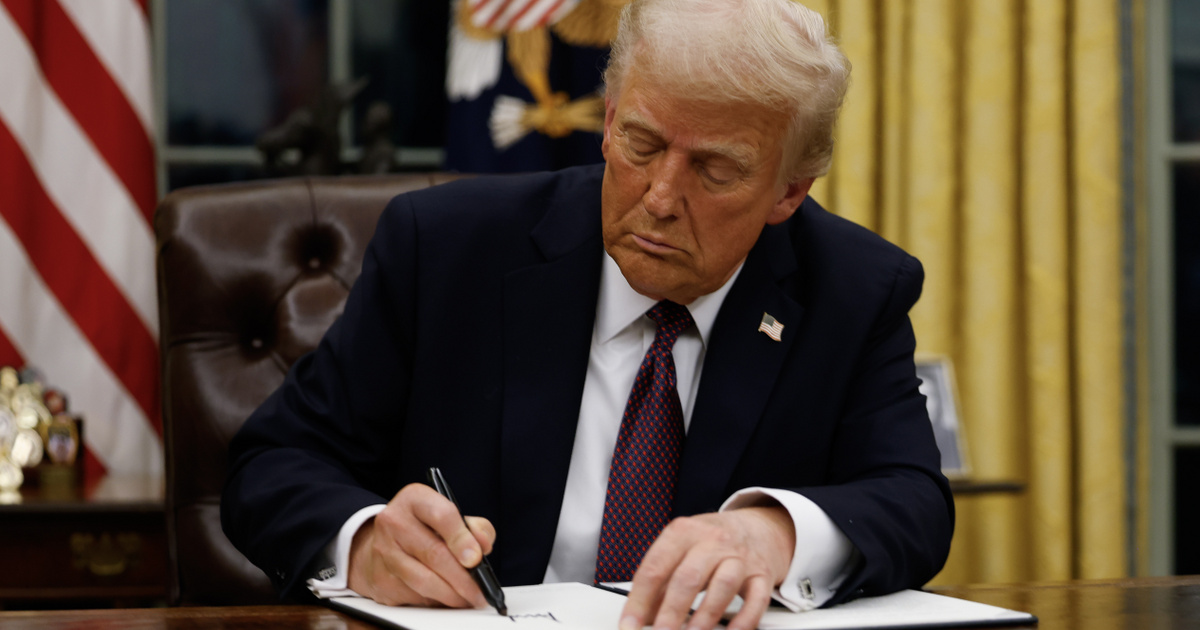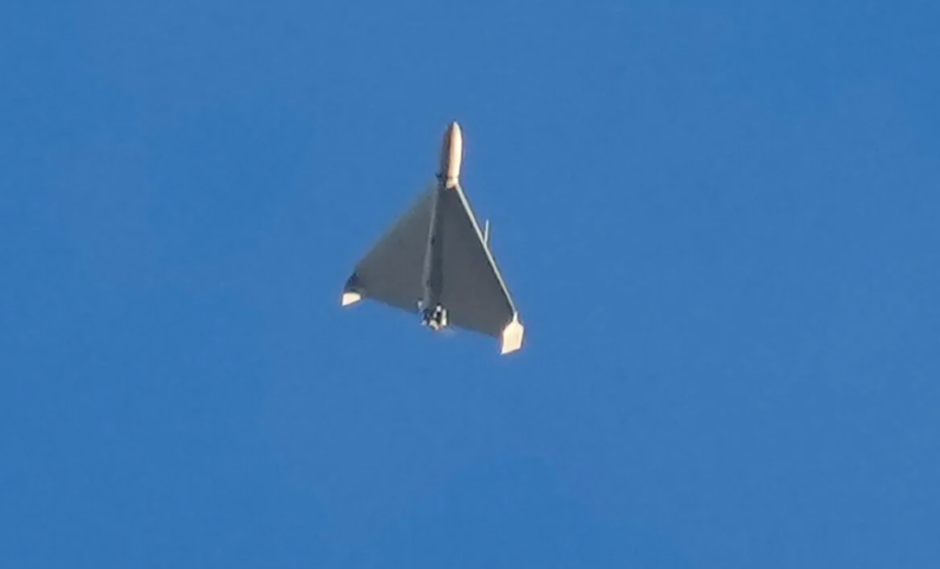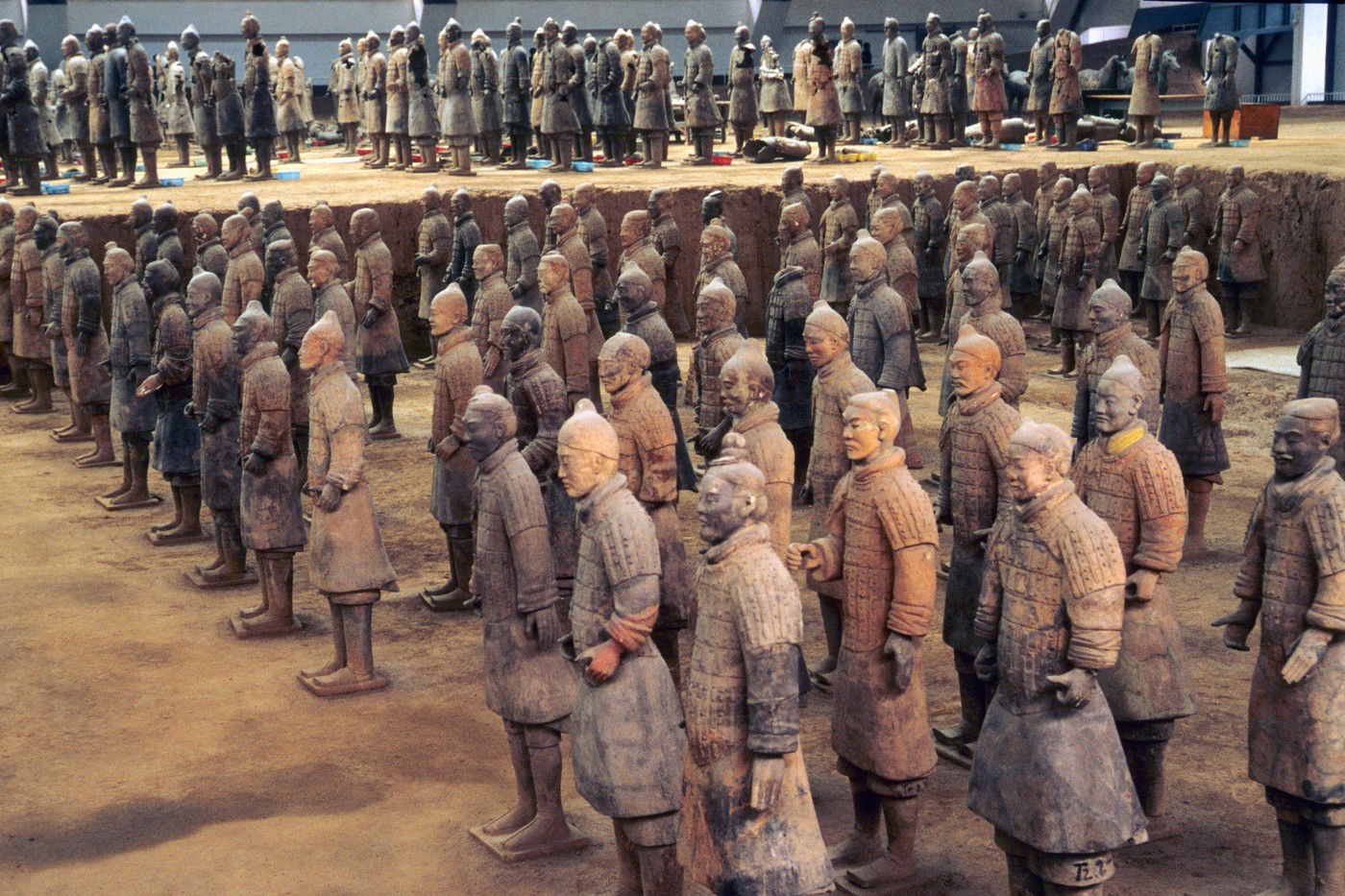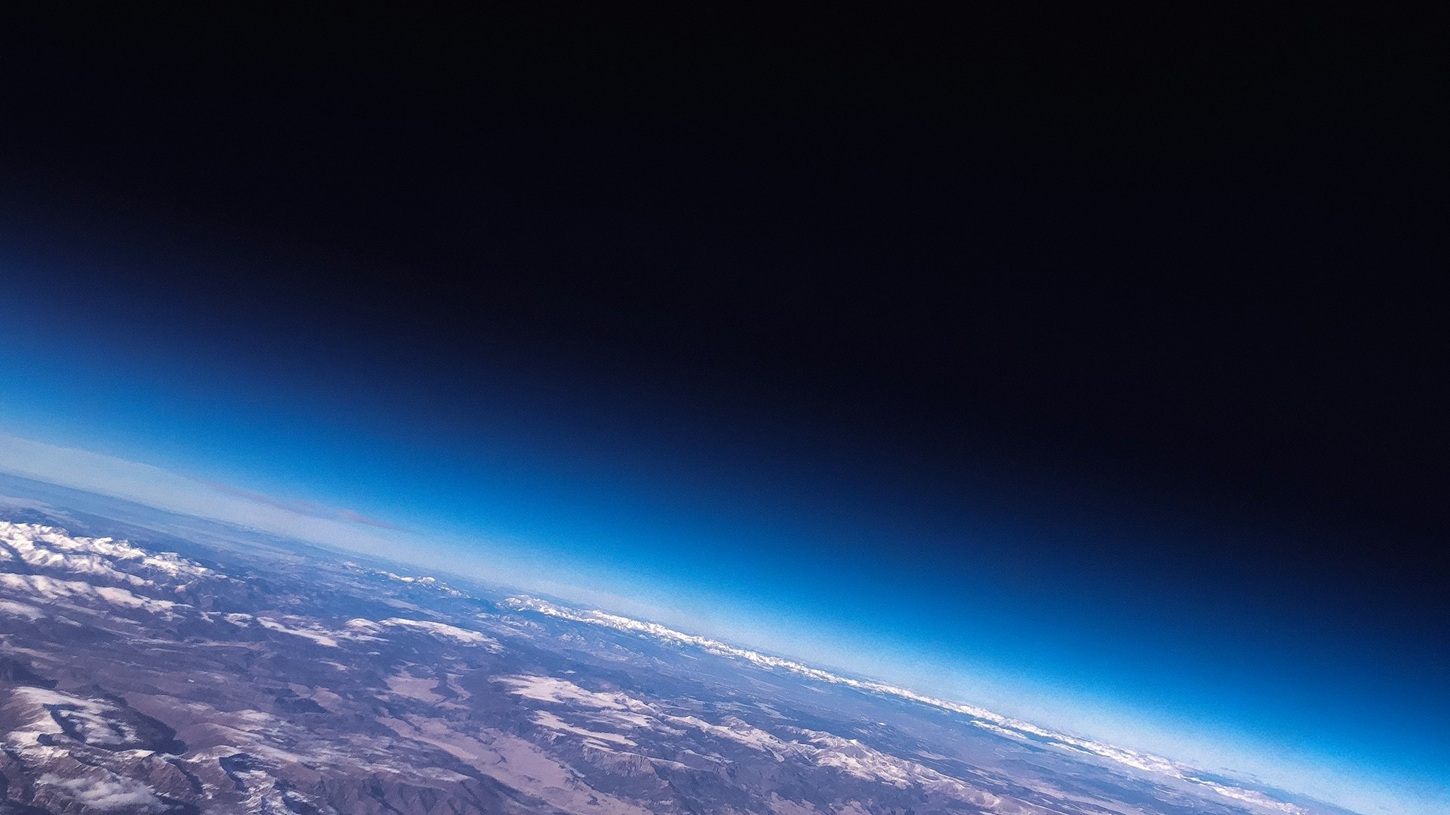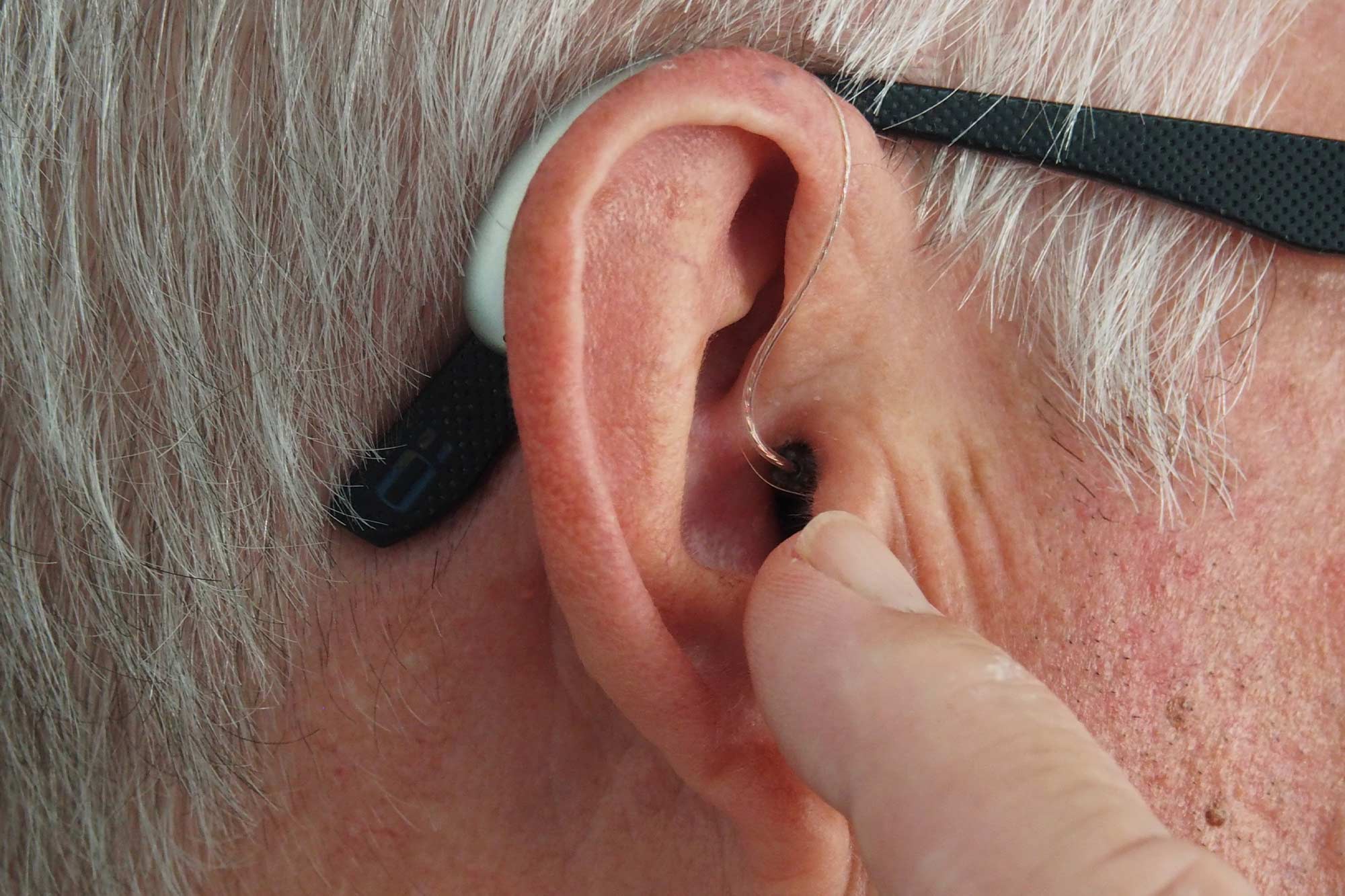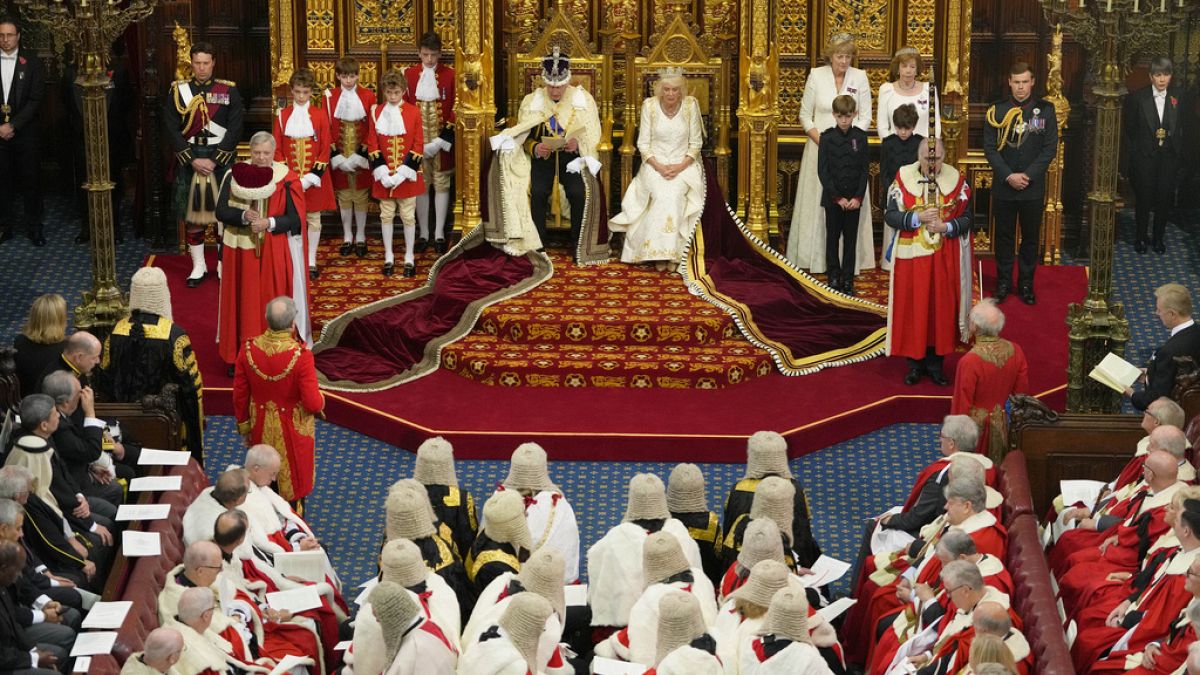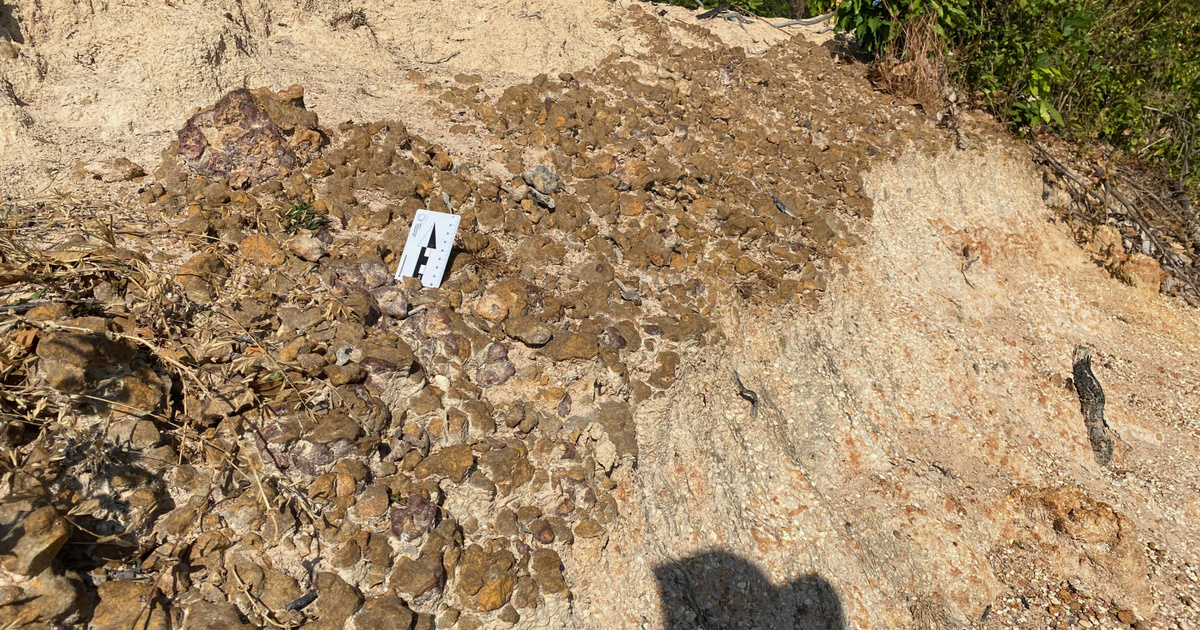It may have happened three-quarters of a million years ago, spraying a third of the world with drops of molten rock. Discovering the hole has become difficult due to natural and political factors.
Geologists have determined the exact location of the last major asteroid impact with Earth. The crater, which formed 789,000 years ago, is hidden under primeval forests on the Bolaven Plateau in Laos.
The width of the asteroid that caused this event is estimated at about two kilometers. The result was black, glassy rocks called tektites, which fell back to the surface in distinctively shaped drops, covering about a third of the planet from Madagascar to Antarctica, and creating scattered fields still visible today in Australia.
Bulavin’s predecessor may be the 14-kilometre-diameter Zamasin crater in Kazakhstan, which formed during the nuclear winter and mass extinction impact 900,000 years ago.
The Bolavin volcanic field has previously been suggested as a possible site, but there have also been theories that the former crater was filled with lava. Finding him was by no means easy, as it required field work since 2015 in the dense primitive forests of the isolated communist country filled with unexploded bombs and land mines.
Under 9 meters of sediment, they finally found the circular impact zone and its tektite relatives, which are made up of larger pieces of sandstone and basalt. According to Kerry Sih, a professor at Nanyang Technological University who led the research, more research will be needed, but the picture resulting from the comparison of the five data sets is almost conclusive.

